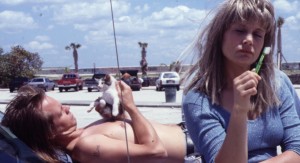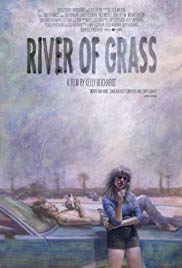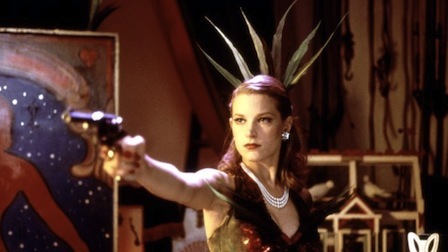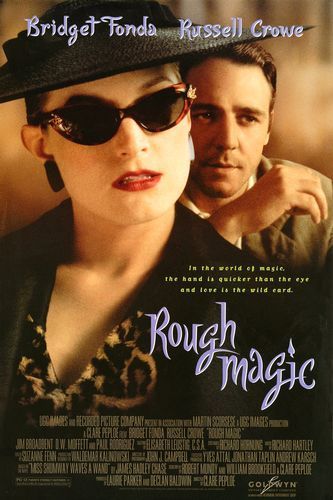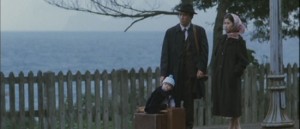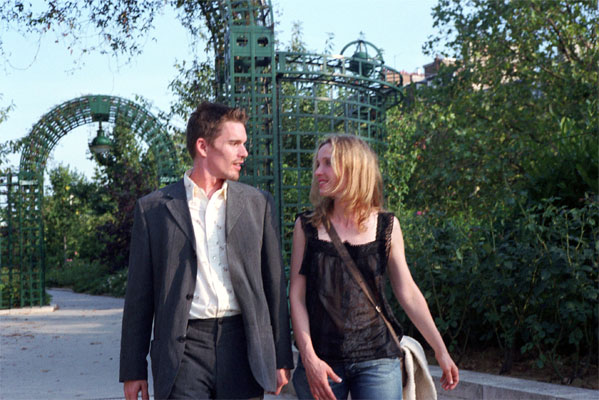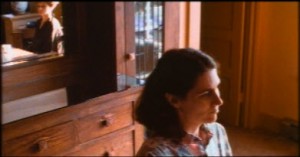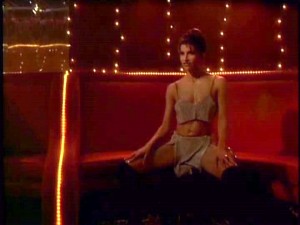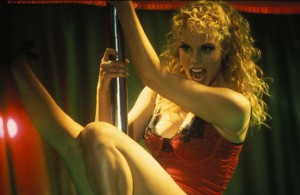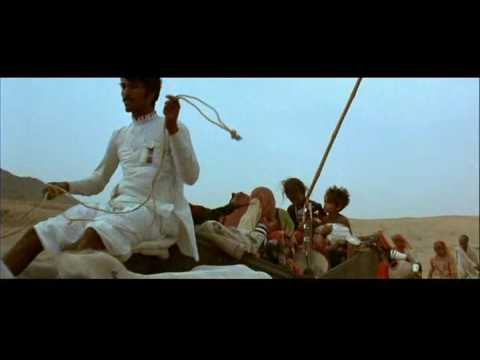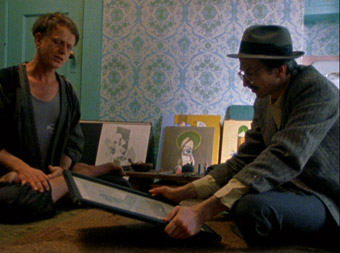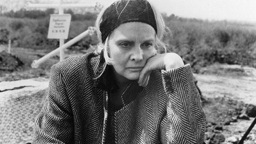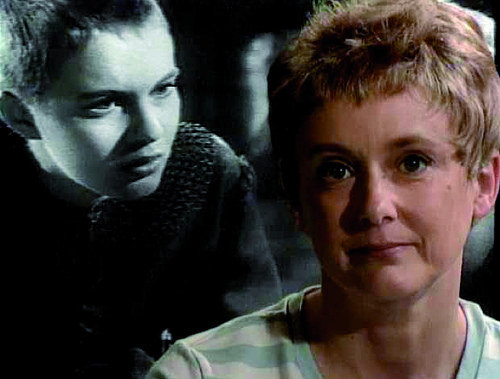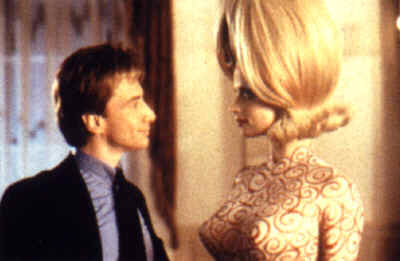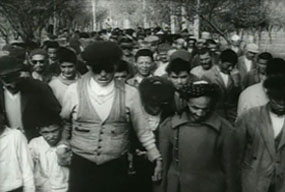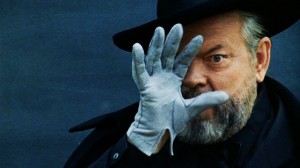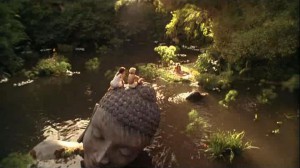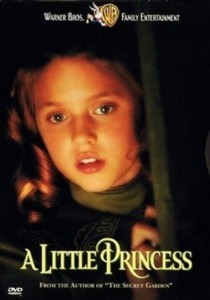From Cinema Scope #14 (Spring 2003). It’s interesting to note that many of the releases that I discuss here are still available, if not always readily available. All of my recent columns, by the way, starting with issue #40, can be found on Cinema Scope‘s web site. — J.R.
A FEW PRELIMINARIES. The word is still getting out about the riches that are currently available to cinéphiles owning DVD players that play discs from all the territories —- players that are by now readily available at affordable prices to anyone with enough initiative to go looking on the Internet. But it might be added that the number of previously scarce films that can now be purchased in North American Territory is already quite substantial.
Combine these two opportunities and you have the pretext for a new column, which will be devoted not to DVD players (that’s your problem) but to DVDs that are currently available. This will follow the capitalistically incorrect premise that once you move beyond your own designated territory, the world becomes your oyster and a different sort of place from the one that assumes that you’re necessarily trapped as a consumer by the choices offered within your own national borders. Read more

